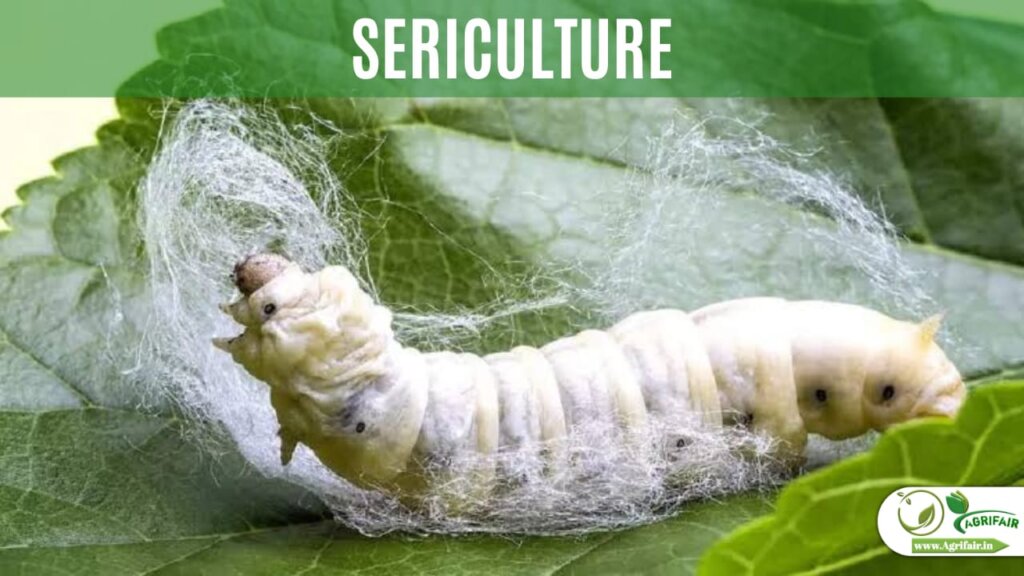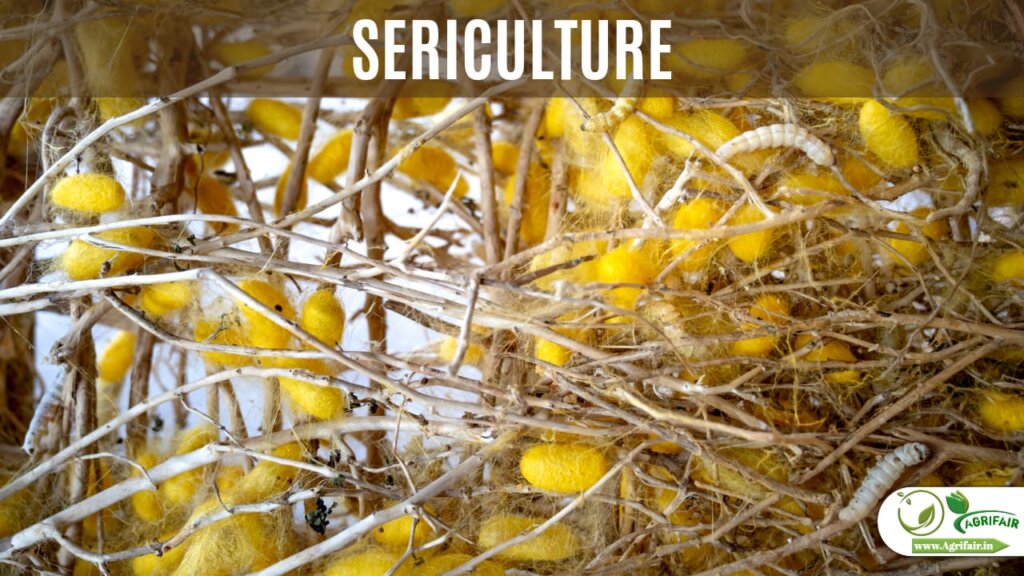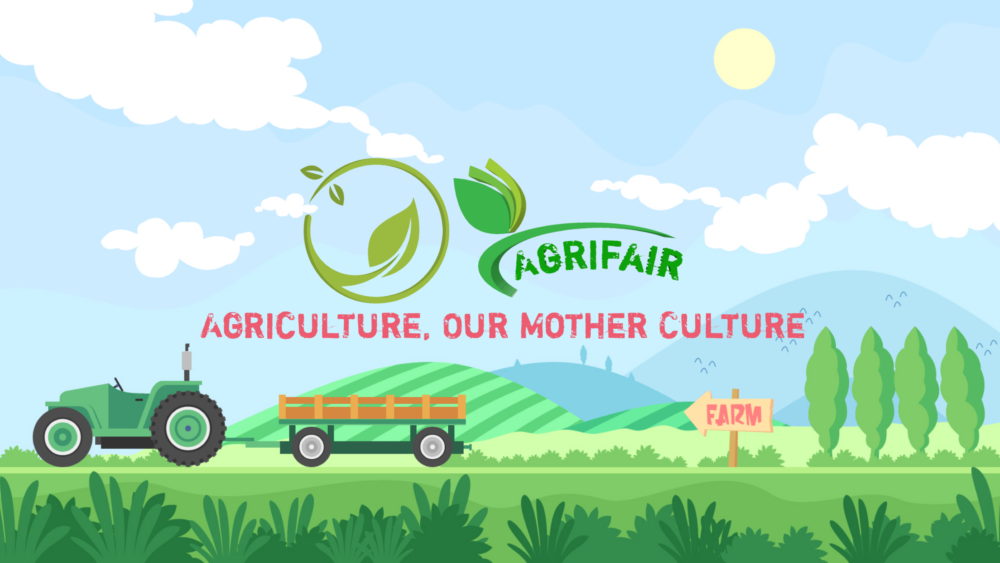Sericulture: The Art and Science of Silkworm Rearing
Sericulture, also known as silk farming, is the process of rearing silkworms for the production of silk. This ancient art has been practiced for thousands of years, dating back to ancient China, where it was considered a valuable industry and a closely guarded secret. Today, sericulture is a significant industry in many countries and plays a vital role in the global economy.

The Process of Silkworm Rearing and Silk Production
The process of sericulture starts with the selection of healthy and high-quality silkworm eggs. These eggs are then incubated and hatch into larvae, also known as silkworms. The silkworms are fed with a specially prepared diet of mulberry leaves, which is their only source of food. As the silkworms grow, they spin a cocoon of raw silk around themselves, which is then harvested.
The harvested cocoons are then processed to produce silk thread, which is done by boiling the cocoons in water to loosen the silk fibers. The silk fibers are then carefully unwound and woven into various silk products, such as fabric, clothing, and accessories. This process requires expertise and precision, and it is considered both an art and a science.
Understanding the History and Origin of Sericulture
The history and origin of sericulture, or the cultivation of silkworms for the production of silk, dates back to ancient China over 5000 years ago. According to historical records, the secret of silk production was closely guarded by the Chinese for many centuries and was only introduced to the West during the Han dynasty (206 BC–220 AD).
Sericulture spread rapidly through the Silk Road trade routes and became a major industry in countries such as India, Persia, and the Byzantine Empire. Over time, sericulture techniques were developed and improved, leading to increased production and the creation of various regional styles of silk fabric.
For other types of Cultivation read this👇 Cultivation and its Types

The Benefits of Sericulture for Society and the Environment
Sericulture has several advantages that make it a valuable industry. For one, it provides a source of income for farmers and helps to boost the economy of rural areas. In addition, it is a sustainable and environmentally friendly industry, as the silkworms feed on mulberry leaves, which are readily available and easy to grow. Moreover, the silk produced is highly valued for its softness, lustrous appearance, and durability, making it a sought-after material for clothing and other textiles.

In recent years, sericulture has undergone significant technological advancements, leading to increased efficiency and production. For example, the process of incubating silkworm eggs has become more automated, and the selection of silkworm eggs and mulberry leaves for feed has become more rigorous, resulting in higher quality silk products. In addition, new techniques have been developed for processing silk, leading to increased output and better quality control.
Challenges of Sericulture
One of the challenges facing the sericulture industry today is competition from synthetic silk products, which are cheaper and easier to produce. However, natural silk still holds significant advantages over synthetic silk, as it is more comfortable to wear, has a luxurious feel, and is more environmentally friendly. As a result, demand for natural silk remains strong, and sericulture continues to play a vital role in the global economy.

Another challenge facing the sericulture industry is the issue of labor exploitation and inhumane treatment of silkworms. Many countries have inadequate regulations in place to protect the welfare of silkworms, leading to cruel and inhumane practices. This is particularly problematic in countries where sericulture is an important source of income for rural communities. To address this issue, various organizations and initiatives have been established to promote sustainable and humane sericulture practices, such as the use of more efficient and environmentally friendly methods of rearing silkworms and processing silk.
conclusion
In conclusion, sericulture is an ancient and valuable industry that continues to thrive today. With its many benefits, including its positive impact on rural economies, sustainability, and the production of high-quality silk, it is clear that sericulture will continue to play a significant role in the world of textiles and fashion. Despite facing challenges from synthetic silk and the issue of inhumane practices, the sericulture industry remains robust and continues to evolve and adapt to meet the changing needs of consumers and the global economy.

